Best inventions by men’s that shaped this world a better place – International Men Day
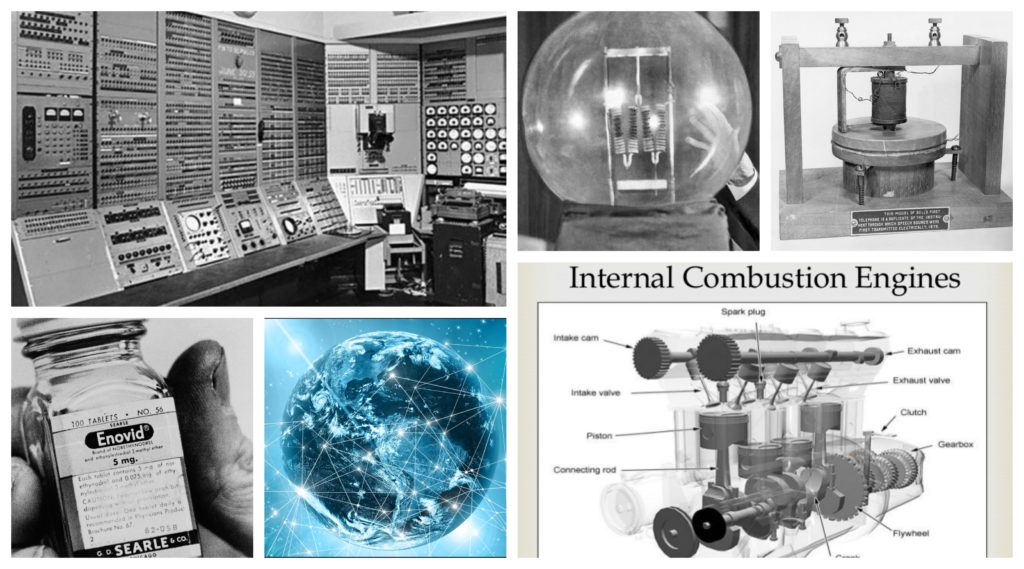
Inventions create history and history make this world a better place to live. In the series of histories created by men since the life began on this earth is magnificent and we can’t even live without those invention in this modern era. So today on the occasion of International Men’s Day we present the list of greatest inventions done by men that changed our life unlike the way we used to perceive it.
Telephone –
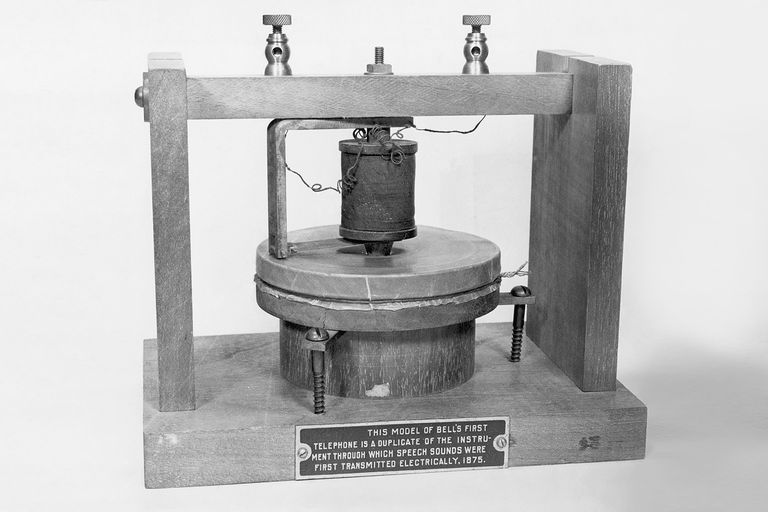
Though several inventors did pioneering work on electronic voice transmission (many of whom later filed intellectual property lawsuits when telephone use exploded), Alexander Graham Bell was the first to be awarded a patent for the electric telephone in 1876.
The invention quickly took off, and revolutionized global business and communication. When Bell died on Aug. 2, 1922, according to PBS, U.S. telephone service stopped for a minute to honor him.
Electricity –

Most people give credit to Benjamin Franklin for discovering electricity. Benjamin Franklin had one of the greatest scientific minds of his time. He was interested in many areas of science, made many discoveries, and invented many things, including bifocal glasses.
But was Benjamin Franklin really the first person to discover electricity? Maybe not! At the turn of the 17th century, English scientist William Gilbert established the science underlying the study of electricity and magnetism. Inspired by Gilbert’s work, another Englishman, Sir Thomas Browne, made further investigations and wrote books about his findings. Gilbert and Browne are credited with being the first scientists to use the term “electricity.”
Bulb –
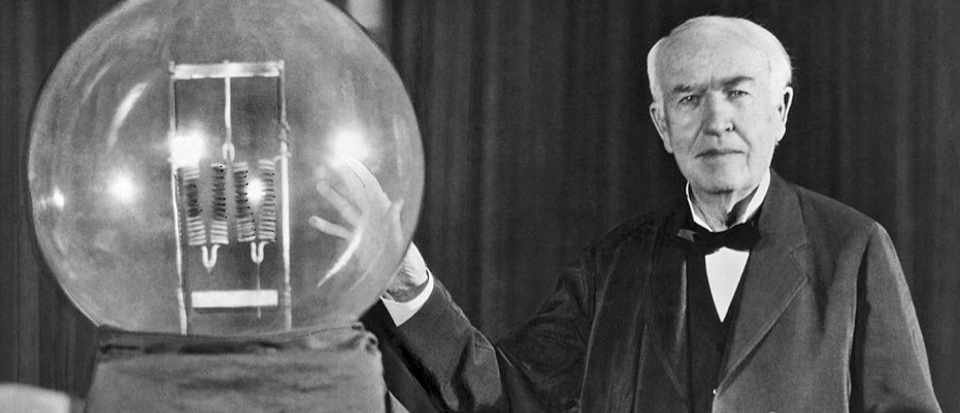
When all you have is natural light, productivity is limited to daylight hours. Light bulbs changed the world by allowing us to be active at night. According to historians, two dozen people were instrumental in inventing incandescent lamps throughout the 1800s; Thomas Edison is credited as the primary inventor because he created a completely functional lighting system, including a generator and wiring as well as a carbon-filament bulb like the one above, in 1879.
Contraceptive –
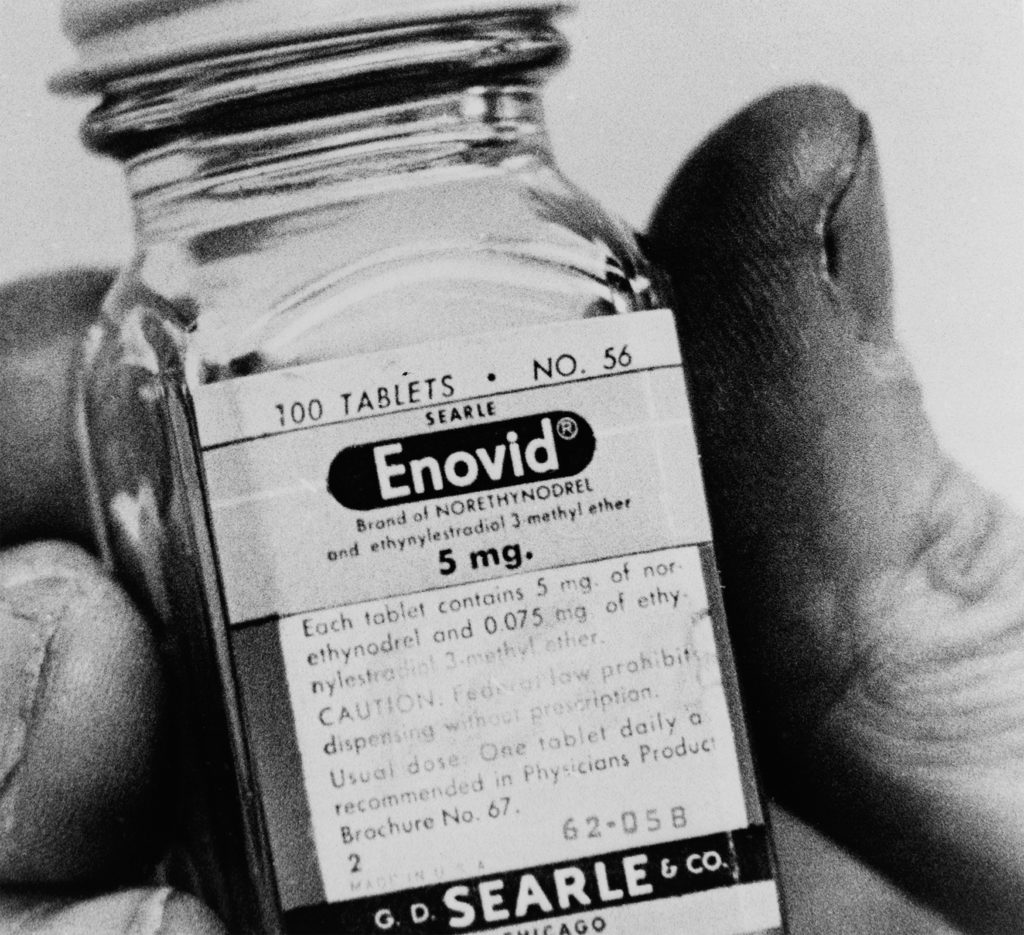
Not only have birth control pills, condoms and other forms of contraception sparked a sexual revolution in the developed world by allowing men and women to have sex for leisure rather than procreation, they have also drastically reduced the average number of offspring per woman in countries where they are used.
Oral contraceptive “the pill” was invented in the late 1930s by a chemist named Russell Marker.
With fewer mouths to feed, modern families have achieved higher standards of living and can provide better for each child. Meanwhile, on the global scale, contraceptives are helping the human population gradually level off; our number will probably stabilize by the end of the century. Certain contraceptives, such as condoms, also curb the spread of sexually transmitted diseases.
Computer –
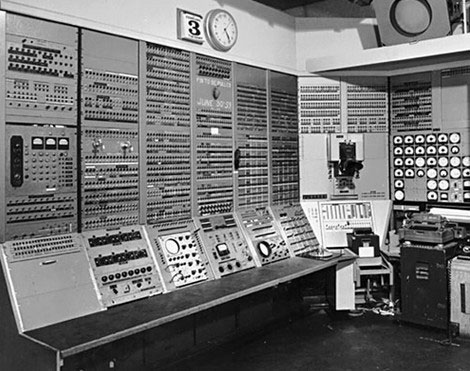
Charles Babbage invented computer between 1833 and 1871. Before Babbage came along, a “computer” was a person, someone who literally sat around all day, adding and subtracting numbers and entering the results into tables.
The Internet –

Robert E. Kahn and Vint Cerf are known as the inventors of the internet. It really needs no introduction: The global system of interconnected computer networks known as the Internet is used by billions of people worldwide. Countless people helped develop it, but the person most often credited with its invention is the computer scientist Lawrence Roberts.
In the 1960s, a team of computer scientists working for the U.S. Defense Department’s ARPA (Advanced Research Projects Agency) built a communications network to connect the computers in the agency, called ARPANET. It used a method of data transmission called “packet switching” which Roberts, a member of the team, developed based on prior work of other computer scientists. ARPANET was the predecessor of the Internet.
Printing Press –
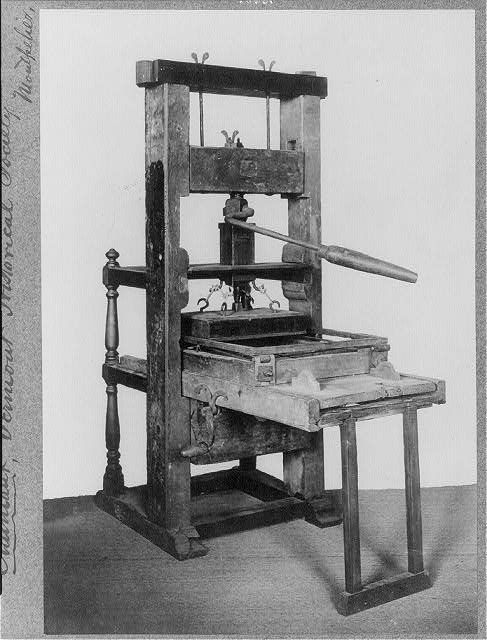
The German Johannes Gutenberg invented the printing press around 1440. Key to its development was the hand mold, a new molding technique that enabled the rapid creation of large quantities of metal movable type.
Though others before him — including inventors in China and Korea — had developed movable type made from metal, Gutenberg was the first to create a mechanized process that transferred the ink (which he made from linseed oil and soot) from the movable type to paper.
Internal Combustion Engine –
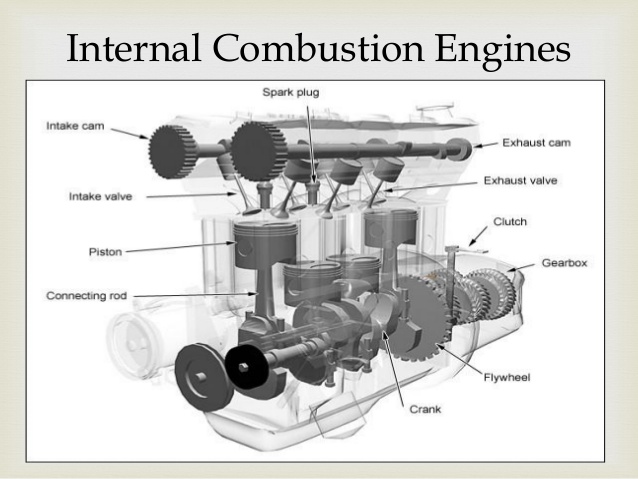
Nokolaus Otto and Etienne Lenoir were the inventors of Internal Combustion Engine. In these engines, the combustion of a fuel releases a high-temperature gas, which, as it expands, applies a force to a piston, moving it. Thus, combustion engines convert chemical energy into mechanical work.
Decades of engineering by many scientists went in to designing the internal combustion engine, which took its (essentially) modern form in the latter half of the 19th century. The engine ushered in the Industrial Age, as well as enabling the invention of a huge variety of machines, including modern cars and aircraft.
Two four wheeler vehicles are the outcome of this invention which helped ease the mode of transport and saved time.
